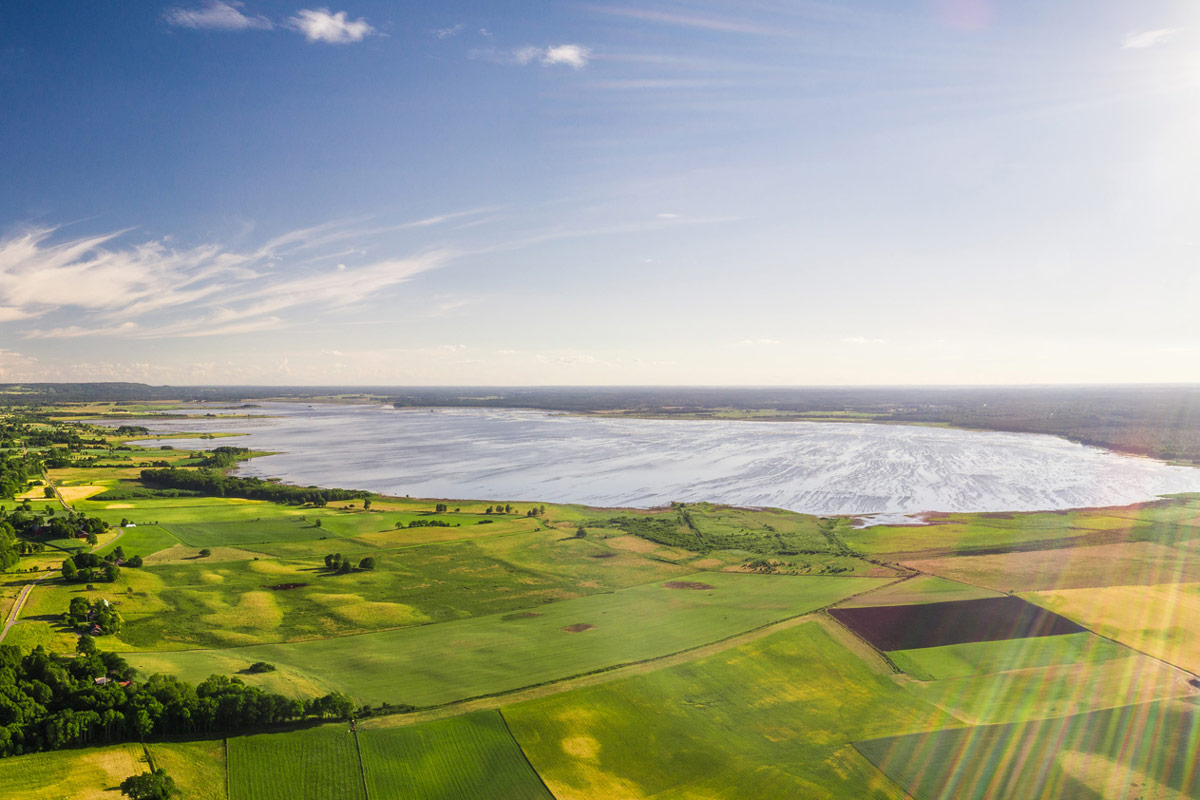
Over the thousands of years that have passed since then, the climate has alternated from warm and dry to cold and wet. The size of Hornborgasjön has swelled and shrunk. But over time the lake has become shallower and shallower.
You can still see traces of the massive inland ice sheet in the landscape today. Inside and beneath the ice, mighty rivers raged. These rivers in the ice left behind eskers – winding ridges of stones, gravel and sand. Near Hornborgasjön you can see ridges of this type at Vässtorpsåsen and Ore. Their steep slopes are due to the fact that they lie above the highest point of the shoreline, so they were never eroded by sea waves. Because of their shape they are known as hogback ridges. In some locations ice lakes were formed as the ice melted. These lakes could be drained very suddenly when the water broke out and flooded the landscape with great violence. The Hornborgaån river valley was created as a result of the draining of such ice lakes to the east.
Thanks to the table mountains, lake Hornborgasjön lies in a bowl-shaped depression. This allows thermal updraughts to develop here, as the trapped air is heated and starts to rise. Birds often take advantage of these thermals to climb to higher altitudes. This saves a great deal of energy for cranes and birds of prey.

Hornborgasjön is a nature reserve.


